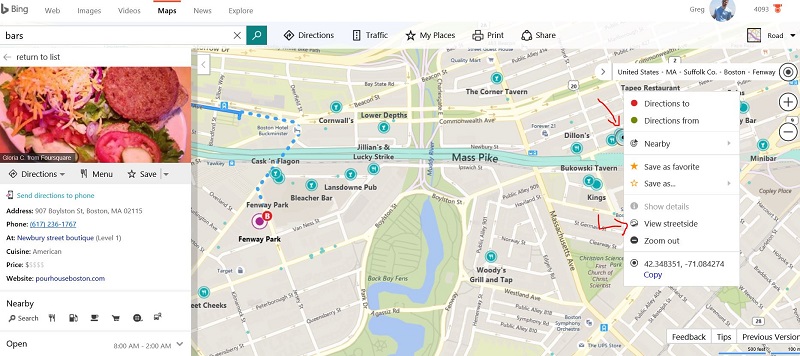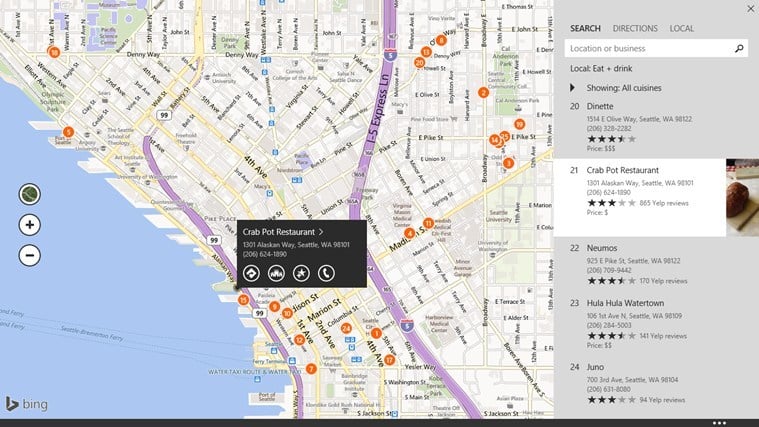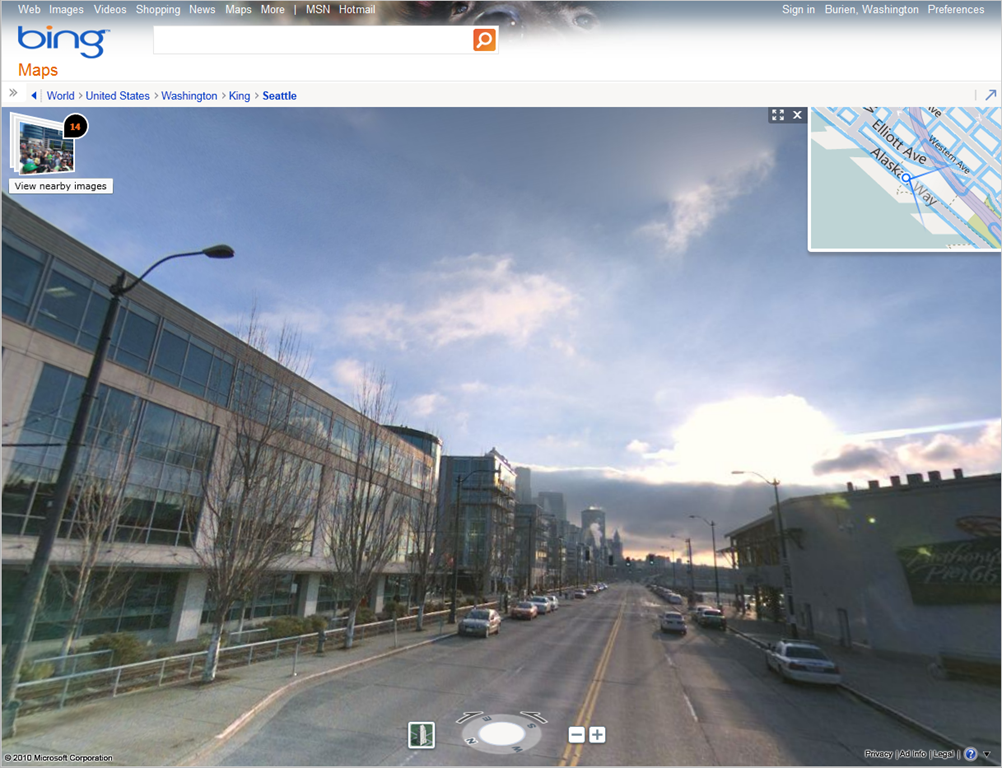

Precisionīe aware that at lower zooms, Bing's imagery may be misaligned. See also Bing Maps/Coverage to find out and help document areas of available coverage.

Currently, Bing imagery available to OSM editing is similar age as displayed on their free-as-in-beer map offering.


By changing the zoom you can view the age of images taken at each zoom level. The age of the images can be viewed using the Bing imagery analyzer for OSM ( link). You have to zoom in to zoom level 14 or more to discover high resolution tiles, which will then result in green and red tiles indicating availability of imagery being rendered in all zoom levels. The coverage of high-resolution imagery can be assessed using this tool. This allows sourcing the deletion (something not possible when tagging only core OSM objects).īing coverage analyser showing the whole globe Changesets and their tags are linked from each version of any OSM object, while looking at its history. Source= bing (lowercase) is also used a lot, but editor presets are using capitalised "Bing" nowadays and so this lowercase form is becoming less common.Īs with all source=* tags, it is better to put it on the changeset rather than on each modified object. Some editors may place source tags in the changeset automatically, when you have used the imagery while creating/modifying or deleting data. Use source= Bing as tag on your changesets (This is OSM mapping good practice, not a Bing requirement.) Using Bing Aerial imagery is not allowed to use in other applications, unless it is an OSM-editor where the contributor is logged in.įurthermore, they do have a special protocol see Microsoft Documentation and the tile system documentation Source tag How to use the tile layer for another application


 0 kommentar(er)
0 kommentar(er)
